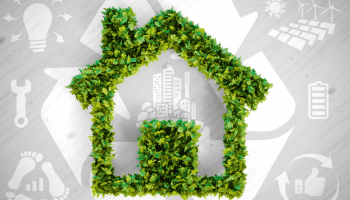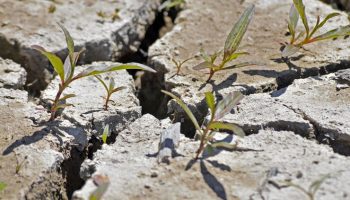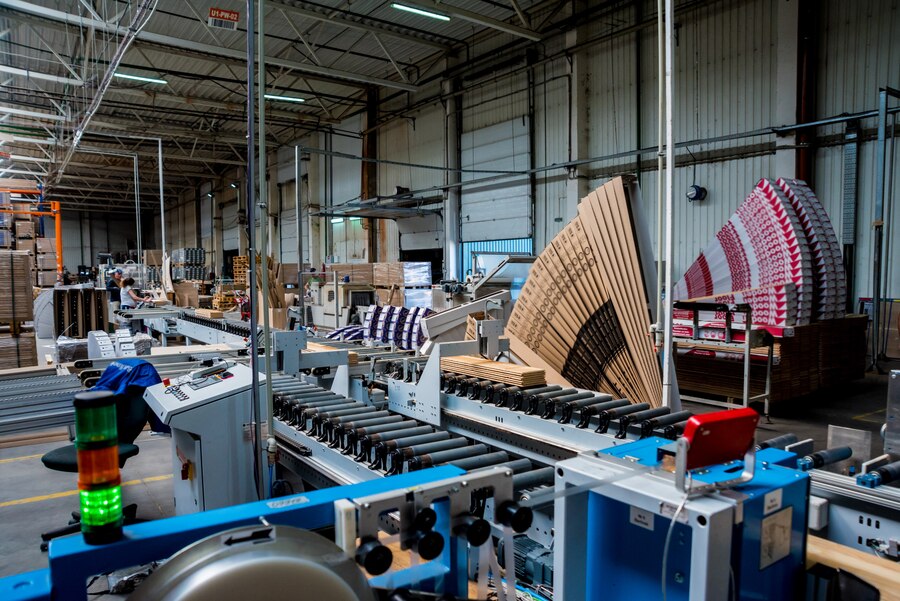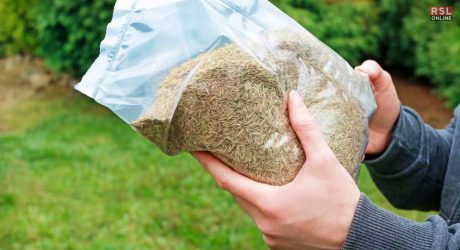The earth is our home, and it is our responsibility to protect and preserve its natural resources. Sustainable material(SM) production is the key to reducing our environmental impact and creating a greener and more sustainable future. This goes beyond simply recycling and reusing materials.
It involves a conscious effort to choose and produce materials that have a minimal impact on the environment. In this rapidly changing world, it is crucial to understand the environmental impact of our choices. This is especially true when it comes to material production.
In this blog post, we will explore the various benefits of sustainable material production. Read on.
The Growing Need For Sustainable Materials
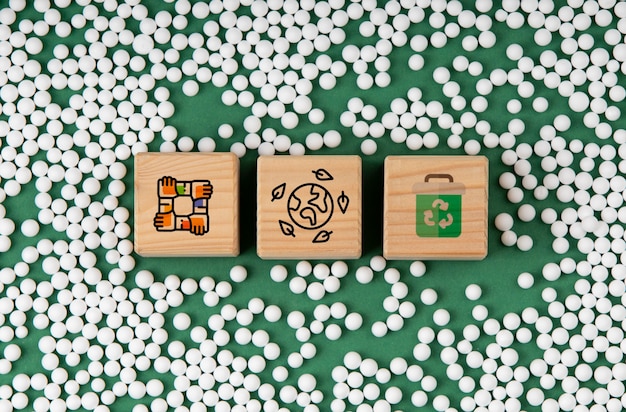
The advent of the industrial revolution brought with it a wave of synthetic and non-biodegradable materials. This has dramatically transformed our capabilities for:
- manufacturing
- construction
- and more
Unfortunately, this progress has come at a steep environmental cost. The global conversation has shifted towards sustainability. This is because of:
- rising concerns over pollution
- resource depletion
- the accumulation of non-biodegradable waste
Organizations and governments are now working to develop and promote materials that are renewable and recyclable. This includes less harmful to the environment.
What Qualifies As “Sustainable”?
A key question to address is what exactly makes a material sustainable. In general, sustainable material have a lower environmental impact throughout their entire life cycle. This is from:
- extraction
- production
- use
- disposal
The Main Criteria For Sustainability Are:
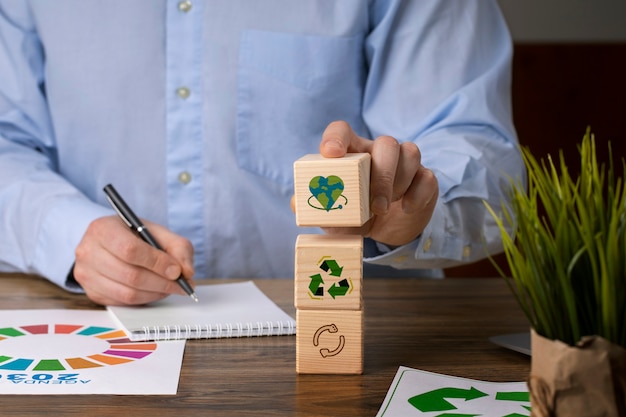
Renewability
These materials are often those that can be regrown or replenished. It ensures a continuous supply without depleting natural resources.
Biodegradability
A material’s ability to break down into non-toxic components in the environment after being discarded is crucial for reducing waste. It is also helpful for plants and other animals that feed off them.
Energy And Water Use
Production processes that consume lower amounts of energy and water contribute to a material’s overall sustainability. Some examples of this are found in biodegradable fabrics.
Life Cycle Assessment
This type of analysis measures the environmental impact of a material from cradle to grave. This helps to identify the most sustainable options.
Sustainable Material Alternatives
The market is now ripe with sustainable alternatives to traditional materials. Here are a few examples:
Sustainable Fibers In Textiles
In the fashion industry, fabrics like organic cotton, bamboo, and Tencel are slowly replacing conventional fibers. This is due to their eco-friendly profiles.
These materials often involve less chemical usage and water during production and can be biodegradable. This is particularly true if they avoid synthetic additives. Check out Leather in Melbourne to learn more about natural fabrics and clothing.
Bioplastics
Bioplastics are derived from renewable biomass sources. These are such as:
- vegetable fats and oils
- corn starch
- microbiota
They offer a plastic alternative that can be composted. This will potentially reduce plastic waste.
Sustainable Building Materials
From reclaimed wood and recycled metals to alternative cement blends, the construction industry is rapidly adopting these materials. This offers:
- more energy efficiency
- lower emissions
- better end-of-life options than traditional counterparts
Understanding The Life Cycle Of Materials

An essential aspect of this material production is understanding and optimizing the life cycle of a material. Here is the cycle.
Extraction
The initial extraction phase sets the stage for a material’s environmental impact. These materials often use processes that minimize:
- habitat disruption
- water pollution
- energy consumption
This is compared to conventional extraction methods.
Production
During production, energy use and emissions can vary widely. These materials are often associated with cleaner energy sources. This includes more efficient production methods that reduce:
- carbon footprints
- other pollutants
Transportation
The movement of raw materials and finished products across the globe can have considerable environmental effects. This material production often involves local sourcing and shorter supply chains. This is to minimize transportation-related emissions.
Use
The longevity and efficiency of a material during its life cycle use phase significantly impact its overall sustainability. Durable materials that require less maintenance and retain their functionality longer are key to reducing environmental impact.
Disposal and Reuse
The final stages of a material’s life cycle concern disposal and potential reuse. These materials should break down naturally without causing harm. It could also offer the opportunity for:
- recycling
- repurposing
- extending their useful life
Environmental Impact Assessment

When evaluating the environmental impact of a material, several factors must be analyzed to provide a comprehensive view. Here are some of those.
Carbon Footprint
It is the factor that measures the overall quantity of greenhouse gases produced. It promotes human activities both directly and indirectly. It is generally determined by the equivalent tonnage of CO2. These materials aim to reduce this as much as possible.
Water Footprint
The water footprint assesses the total volume of freshwater consumed. This is to produce the goods and services that we use. These materials often use cultivation and production methods that are less water-intensive.
Pollution
The release of toxins and pollutants into the air, water, and soil is a significant concern with non-sustainable materials. Sustainable alternatives must address this by incorporating cleaner production methods and materials which do not leach harmful substances.
Land Use
The impact of materials on land use and habitat destruction can be substantial. These materials should prioritize minimal land use and work. This is to preserve and rehabilitate impacted environments.
The Future of Sustainable Material Production
The shift towards SM production is more than a trend. It’s also a necessity. With materials science and engineering continually advancing, the future is bright for innovative, eco-friendly materials.
Advancements in Material Science
They are opening new avenues for SM development. This is due to the Breakthroughs in:
- nanotechnology
- biotechnology
- other fields
From self-repairing polymers to carbon-negative manufacturing processes, the possibilities are vast.
Circular Economy Models
The promotion of circular economy models will be key in ensuring the sustainability of our material choices. This is where resources remain in use for as long as possible through:
- reuse
- remanufacturing
- recycling
Policy and Regulation
Global policies and regulations play a vital role in shaping the production and adoption of these materials. Governments are increasingly setting standards and offering incentives. This is to support the shift towards sustainability.
Try Sustainable Material Today
In conclusion, sustainable material production has a significant positive impact on the environment. Let’s choose an eco-friendly future for ourselves and future generations. Join the movement today!
Make a conscious effort to incorporate these materials into your lifestyle choices. Together, we can create a greener and more sustainable world. Take action now!
If you want to read more articles, visit our blog.
Read Also:











